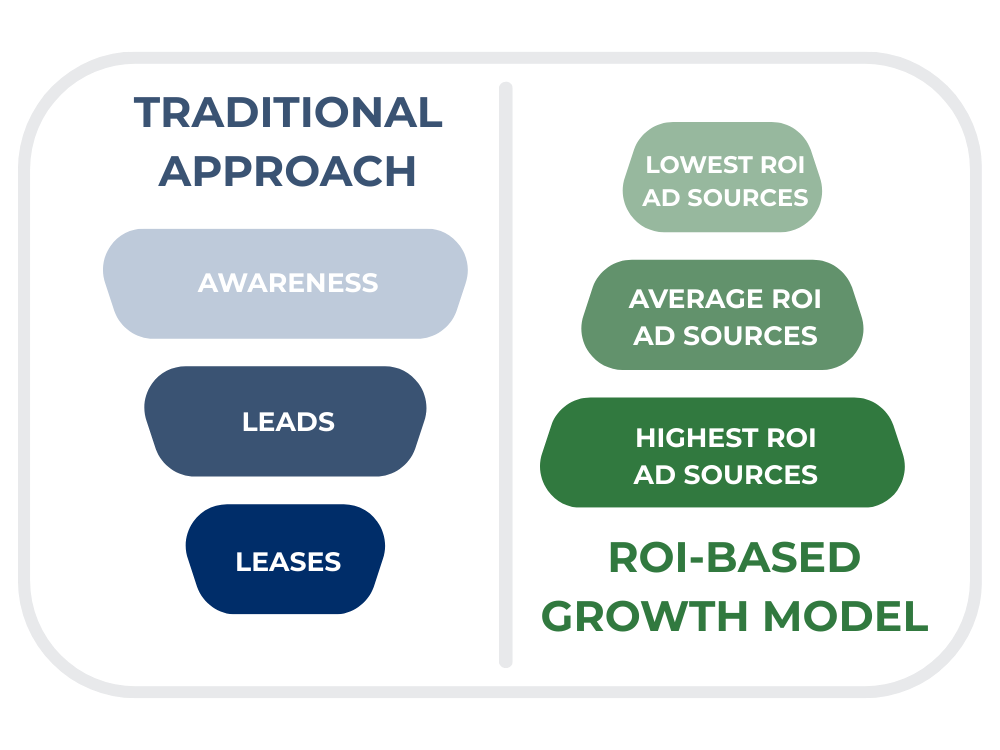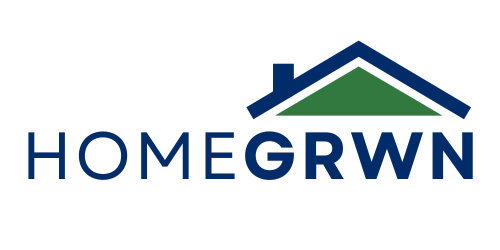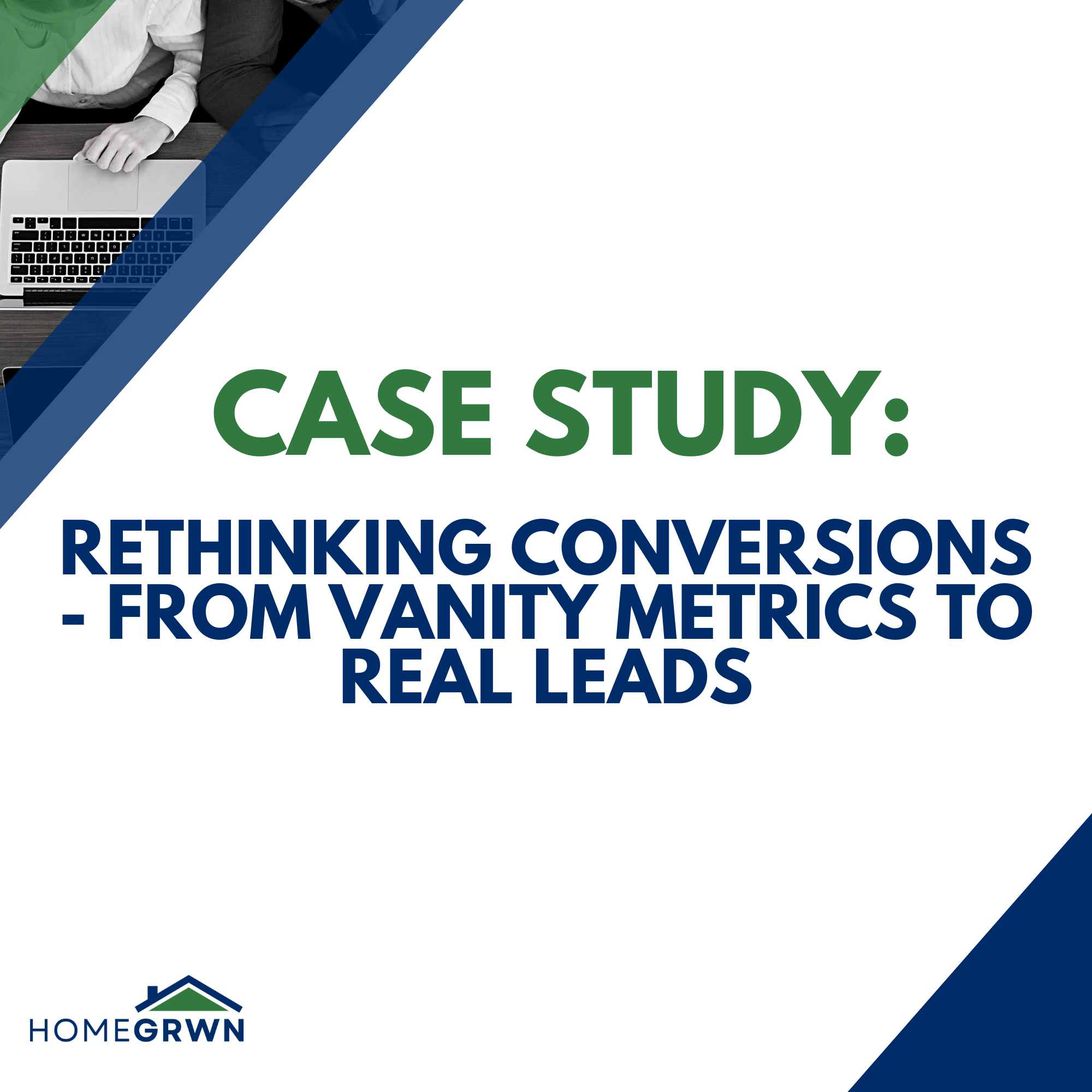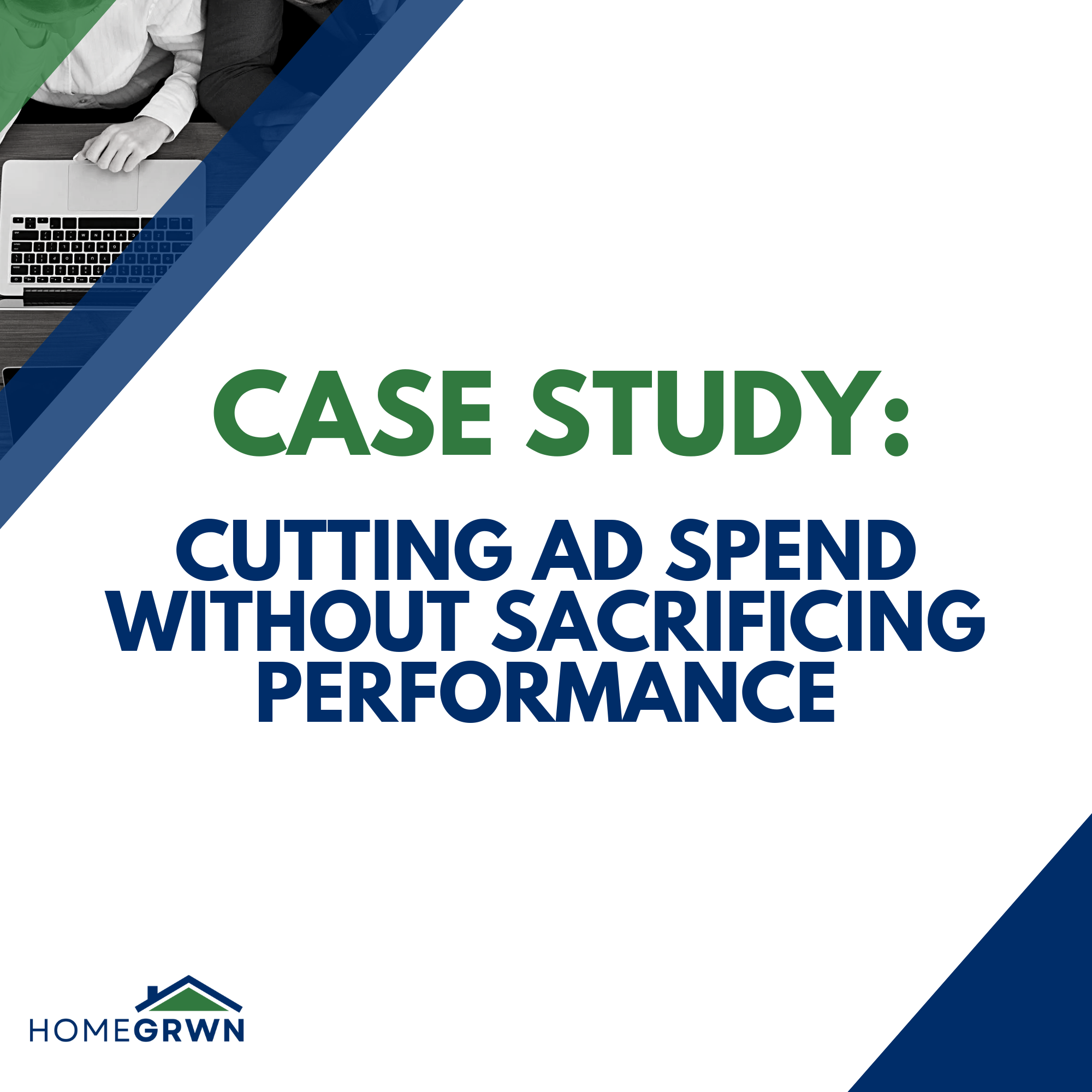A yearlong strategy that flipped our marketing funnel upside down (in a good way).
When I stepped into the role of Digital Marketing Manager, one thing became immediately clear: we had a lot of advertising activity — but not a lot of clarity on what was actually working. Like many growing companies, the marketing mix had evolved over time, with new platforms and vendor products layered on faster than performance oversight could keep up.
So in my first year, I made it a priority to ask a tough but necessary question:
“Are we really getting what we pay for?”
The Plan
I wasn’t about to start slashing budgets without understanding the full picture — and that started with data. I partnered closely with our business intelligence team to make sure we had the right attribution models in place, so we could track not just leads, but actual leasing outcomes by source.
(Seriously, this level of accurate reporting is critical for making data-driven marketing decisions)
From there, I rolled out a phased, yearlong effort to get our budget working harder:
- Audited every active channel for cost-per-lead, cost-per-tour, and tour-to-lease conversion
- Dug deeper than just which platforms we were using — we looked at the specific products and packages within them. For ILS providers, that meant evaluating the performance of different package tiers to see if higher-priced options actually translated into more leases. On the Google side, we analyzed campaign types — comparing Search, Display, and Remarketing — to determine which formats were driving meaningful results, not just inflating surface-level metrics like clicks or impressions
- Paused or consolidated spend in underperforming products and platforms gradually over time
- Reallocated budget toward more cost-efficient placements that showed a clear path from lead to lease
- Refreshed messaging and creative to better align with what was driving qualified interest
- Maintained an ongoing feedback loop with performance data to fine-tune as we went
The Results
- Reduced advertising spend by 47% over 12 months
- Tour volume declined by less than 10%
- Lease volume declined by less than 7%
- Asking rents increased by 6.8% that year, helping offset any revenue impact
- Tour-to-lease conversion increased from 28% to 33%
- Across the portfolio, the initiative saved our properties millions in marketing costs, significantly increasing their Advertising ROI
This also confirmed a critical insight: we had clearly hit (and well surpassed) the point of diminishing returns in our prior ad strategy. As spend increased, the cost efficiency of traffic and lead quality actually declined — meaning we were paying more for less. The new approach not only reduced waste, but restored efficiency by forcing smarter investment decisions.
What Happened Next
With a cleaner, leaner ad mix and better visibility, we didn’t stop at savings — we rebuilt with intention. We scaled up the most cost-efficient, high-converting channels first, expanding outward based on ROI instead of guesswork. This led to a new mindset across the team:
“Where are we generating the most leases for the least investment — and what’s the next best step?”

It flipped the traditional “top-down” funnel model on its head. Instead of pushing more leads into the system and hoping for the best, we started building from the bottom up — focusing first on what drove actual signed leases, then investing upward from there.
Why It Mattered
This wasn’t just a cost-cutting exercise — it was a strategic reset. In my first year as a digital marketing leader, I helped the company shift toward a smarter, performance-driven approach to advertising, built on real data and real outcomes. It laid the groundwork for a more scalable, efficient, and accountable marketing program — one that could grow sustainably in any market.



